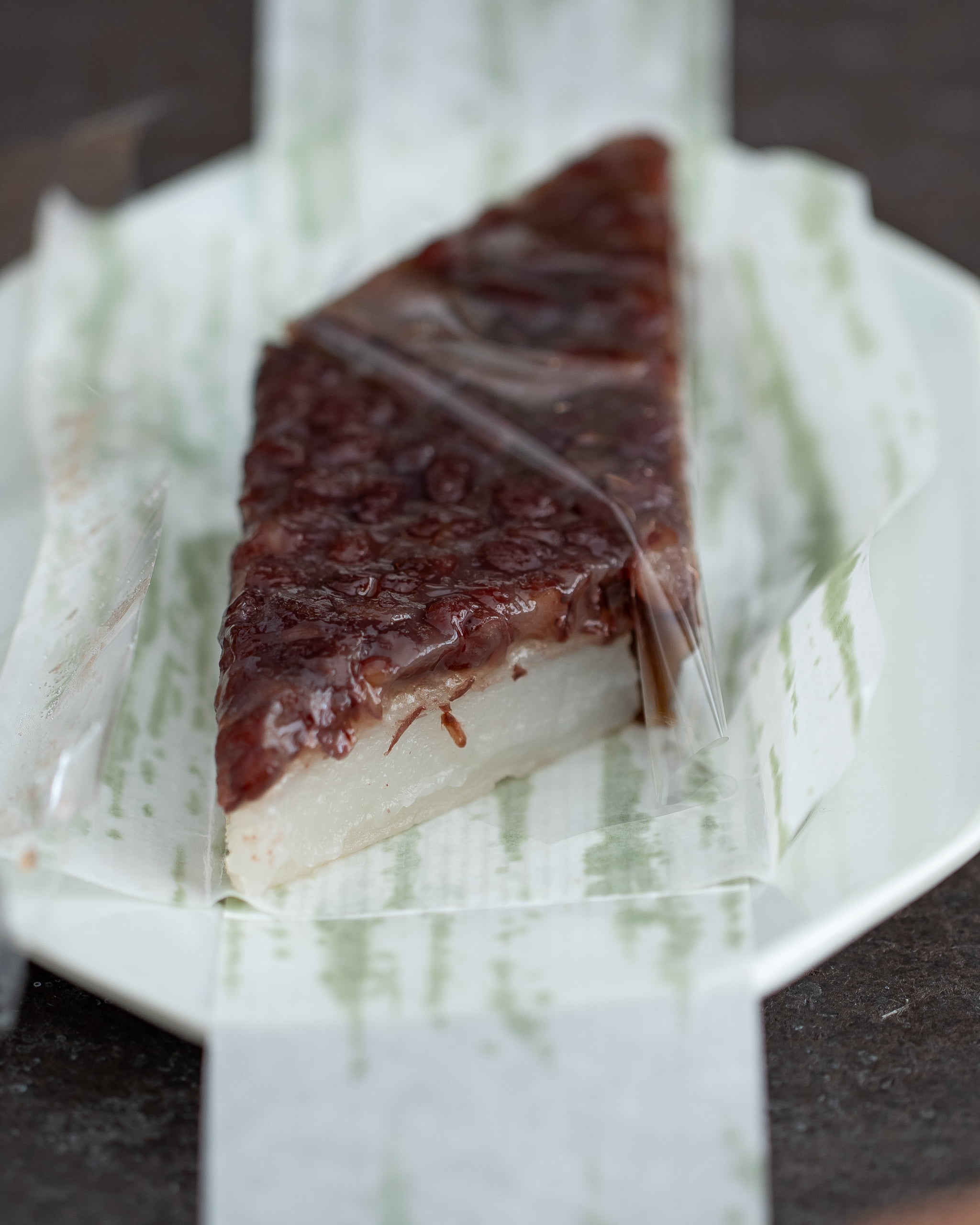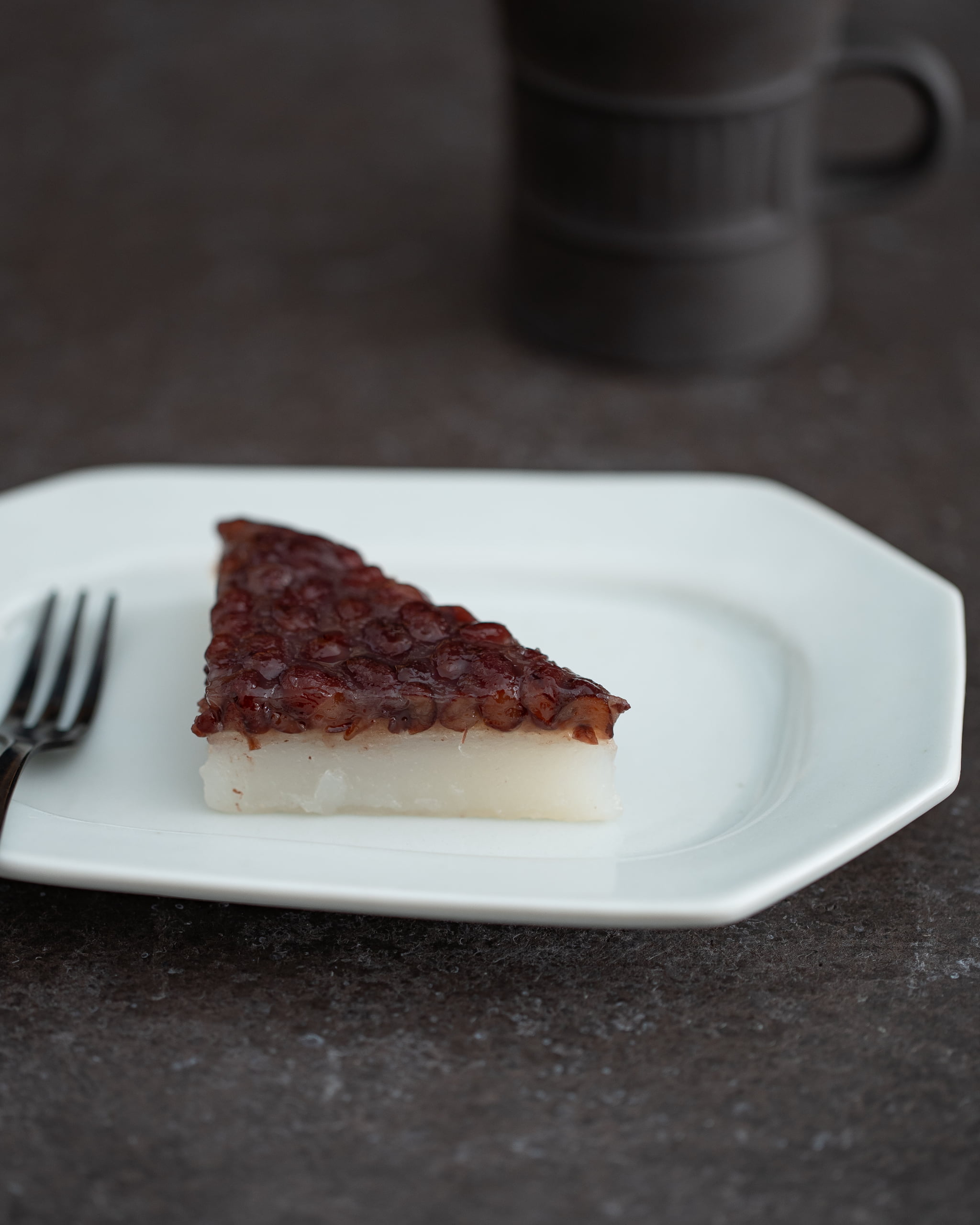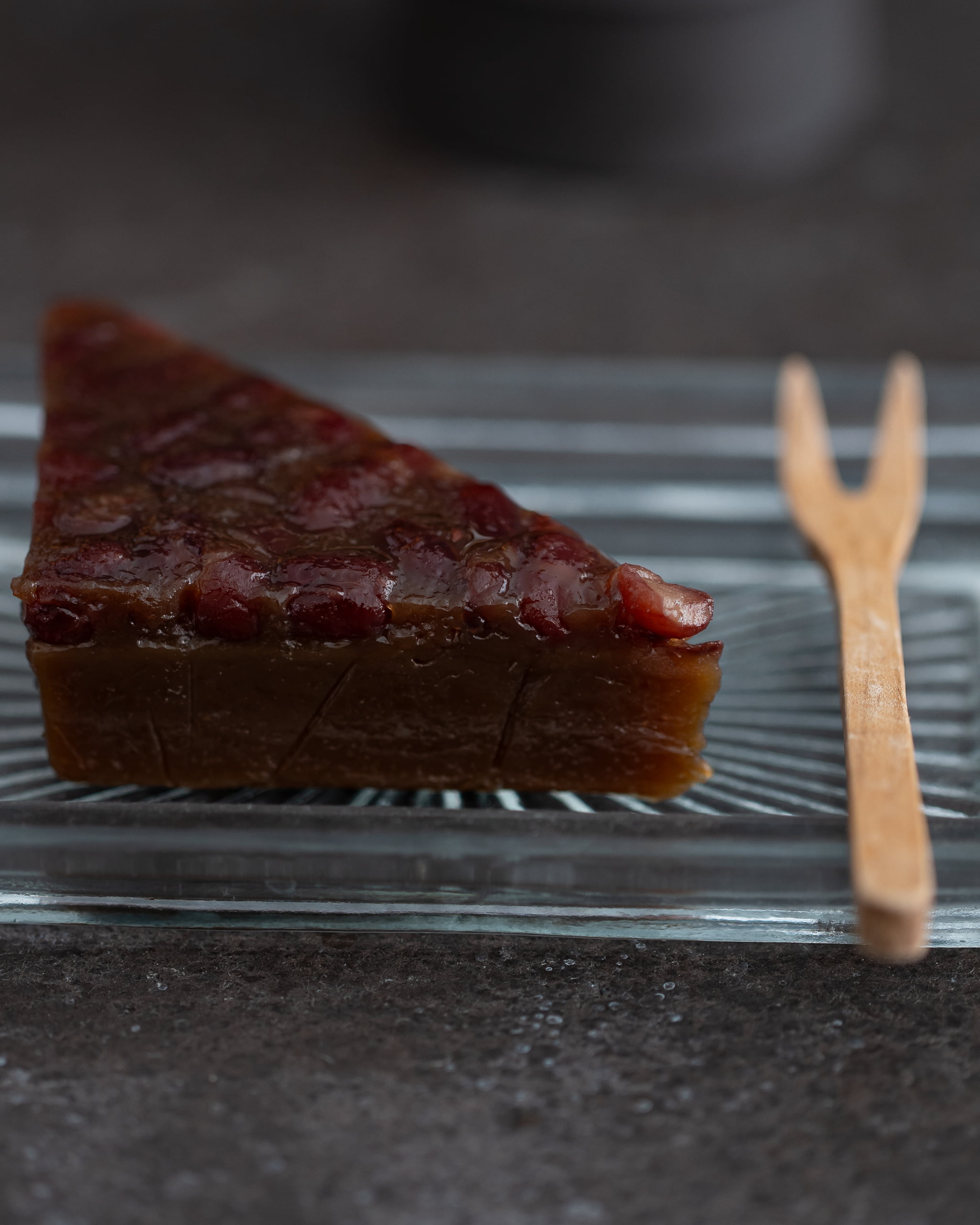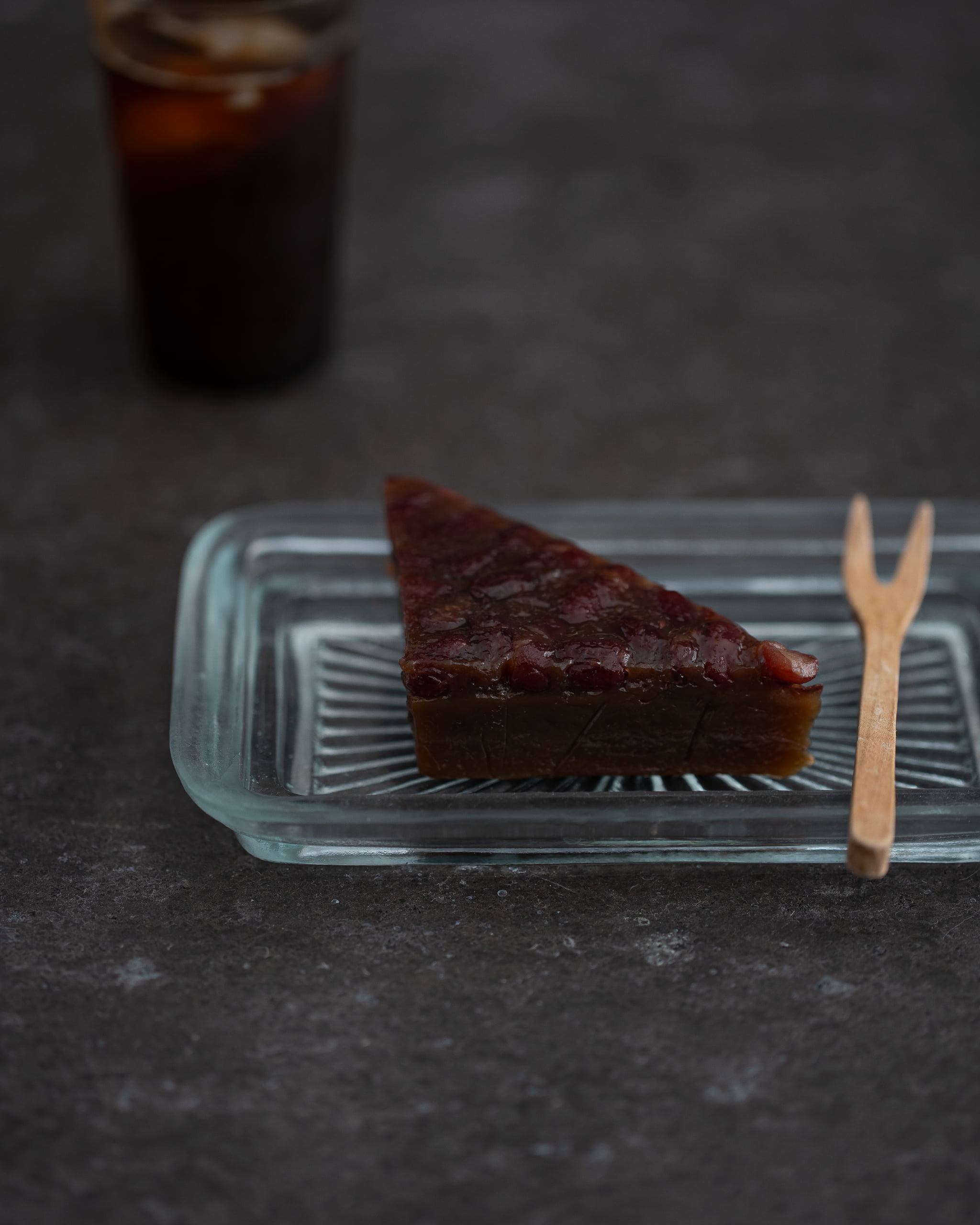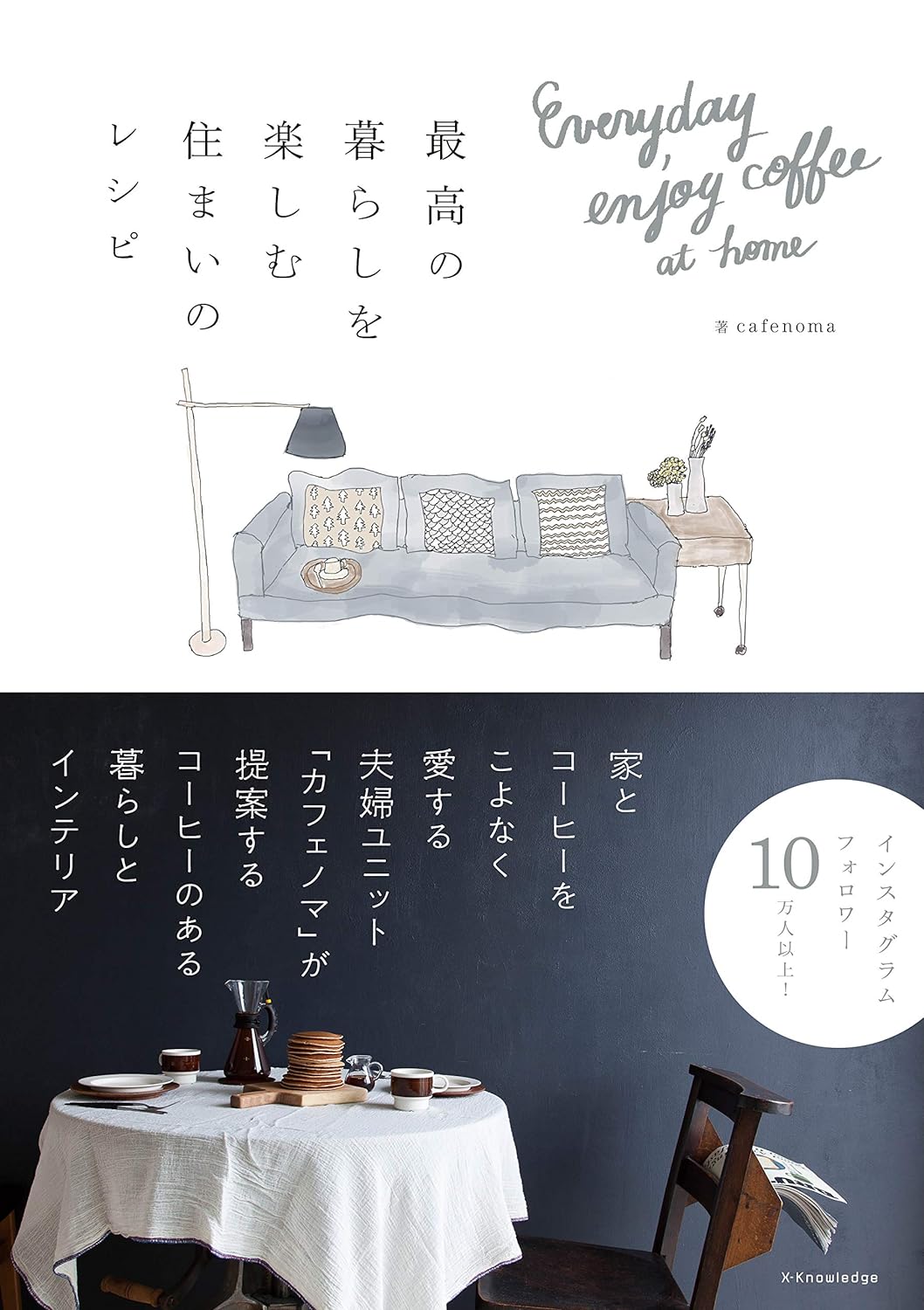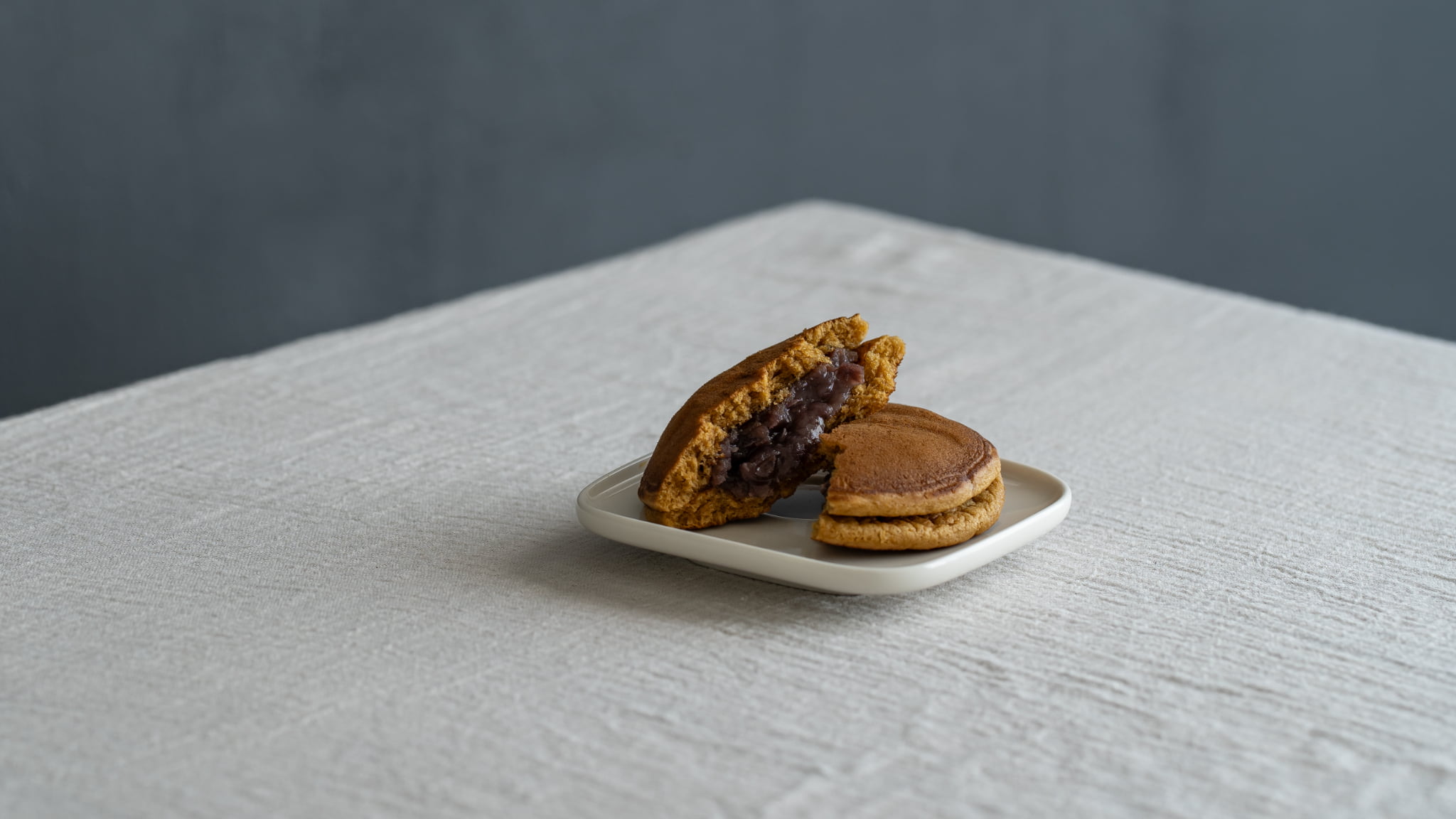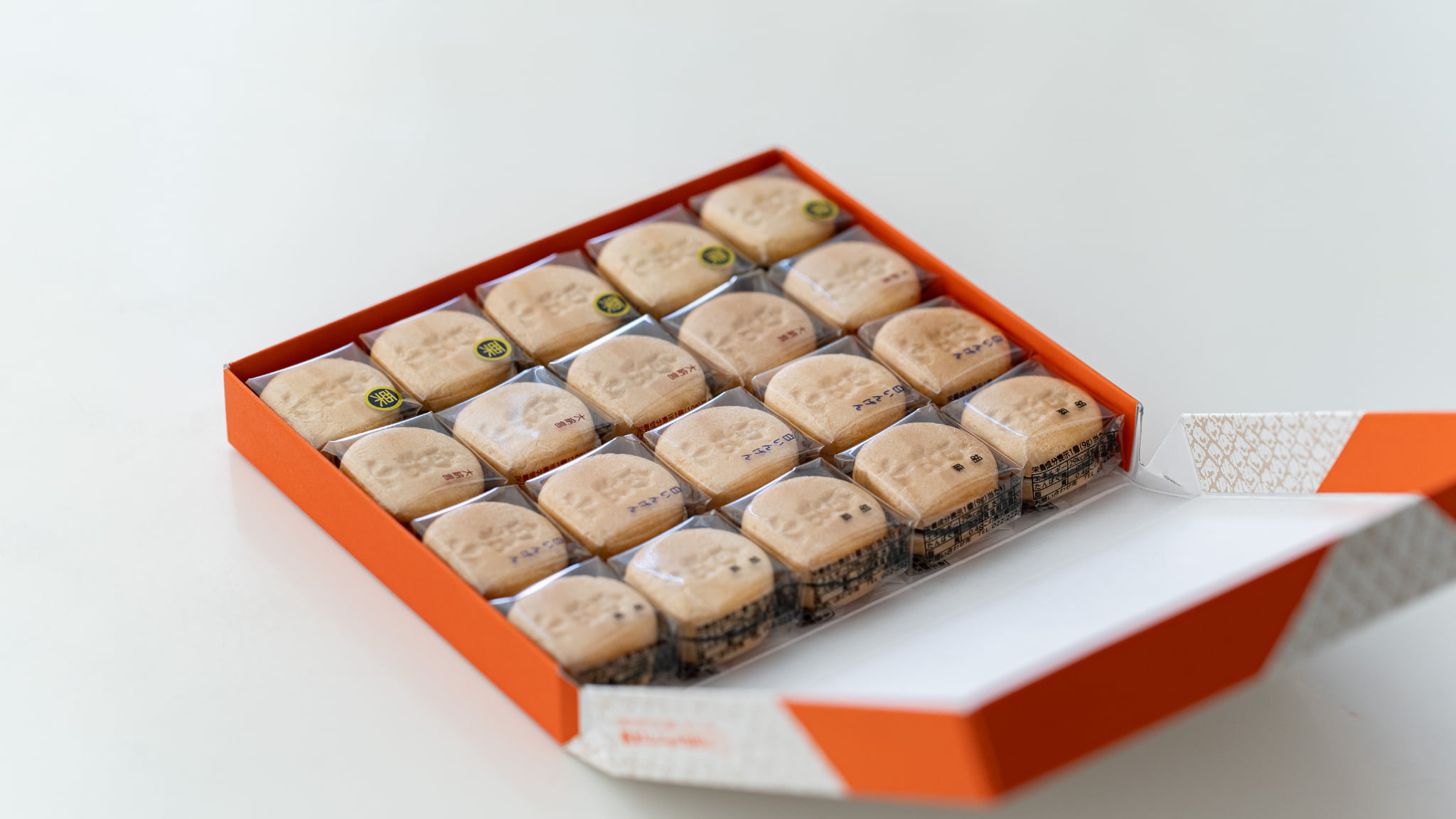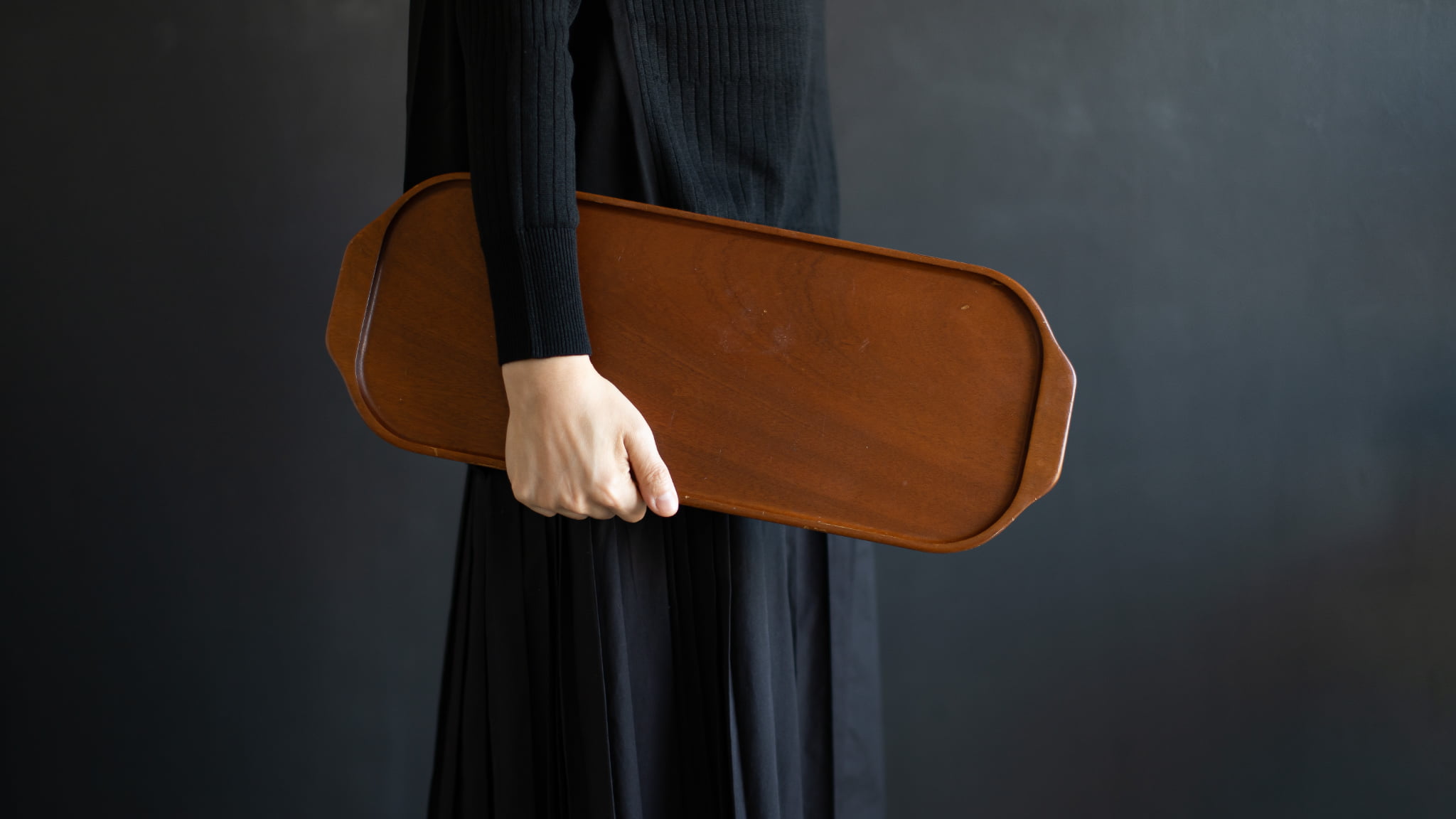大学卒業後、フランスへ留学。帰国後、複数のデザインハウス勤務、事業会社のマーケティング職を経て、2006年オトノマ創業。スチル撮影、映像制作、Web制作などの現場ワークをこなす一方、クリエイティブ・ディレクターとして数々のプロジェクトに携わる。
Ryuji Karikomi|CEO & Co-founder|He worked for several design houses and in marketing for a business company before founding otonoma in 2006. He has been involved in many projects as a creative director while working in the field of still photography, video production.
